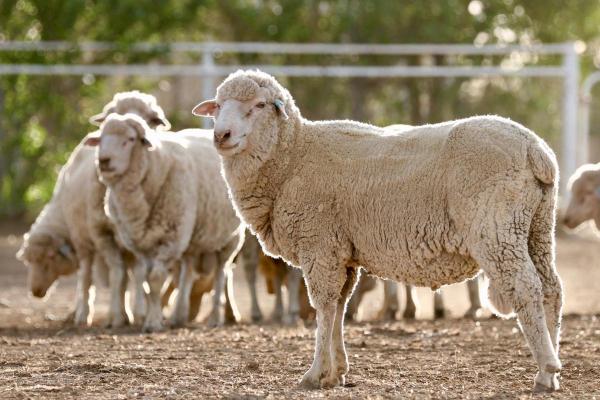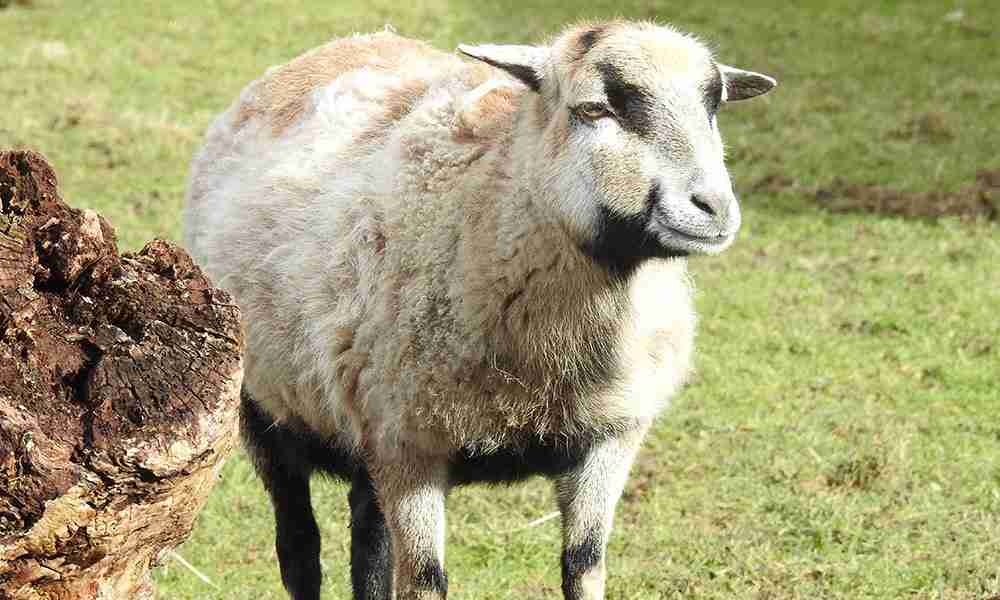Sheep, these woolly creatures, have been an essential part of human civilization for thousands of years. From their milk and meat to their wool and hides, they provide numerous products that humans use daily. However, did you know that various sheep breeds are uniquely adapted to specific climates and terrains? This article will explore how the environment influences the characteristics of some remarkable sheep breeds, from the sandy dunes of deserts to the rocky, steep mountains.
Desert-Adapted Sheep Breeds
In arid regions, water is scarce, and vegetation is sparse. Desert-adapted Sheep Breeds have evolved to thrive in these extreme conditions. One such breed is the Awassi, originating from the Middle East, particularly Iraq, Israel, Jordan, and Saudi Arabia. These sturdy, medium-sized sheep are well-known for their tolerance to heat and drought, making them ideal for desert survival.
Awassi sheep have a high concentration of red blood cells, which aids in better oxygen transportation, enabling them to withstand high temperatures. Moreover, they possess large sweat glands and a fatty hump on their backs, which serves as a water reservoir during waterless periods.
Mountain Breeds: Scottish Blackface Sheep
Contrasting the desert-adapted breeds, mountain sheep are bred to endure cold, wet, and windy climates. They possess unique traits that allow them to graze on steep, rocky terrain and survive harsh winters. The Scottish Blackface sheep, originating from the United Kingdom, is a perfect example.
These robust, hardy animals can be found in the Scottish Highlands and other mountainous regions in the UK and Ireland. They have a distinctive black face and legs, providing natural protection against sunburn and snow blindness. Their long, thick wool provides insulation against cold temperatures, while their agile, nimble bodies enable them to navigate treacherous mountain terrain easily.

The Role of Geography in Shaping Sheep Breed Characteristics
Geography plays a crucial role in shaping the characteristics of sheep breeds. Over centuries, environmental pressures have led to the development of specific traits that enhance the adaptability of these animals to their habitats. Factors such as temperature, precipitation, and terrain have contributed to the evolution of unique physical attributes, behaviors, and survival mechanisms.
For instance, desert-adapted sheep breeds typically have a higher water intake capacity, efficient metabolism, and increased tolerance to heat. Conversely, mountain breeds have a more significant body size, denser wool, and stronger limbs to withstand cold temperatures and navigate challenging terrains.
Conclusion
Understanding how sheep breeds adapt to different climates and terrains is a testament to their incredible resilience and the remarkable bond they share with humans. By carefully selecting and breeding sheep that can thrive in specific environments, humans have been able to expand their agricultural activities into diverse geographical areas.












